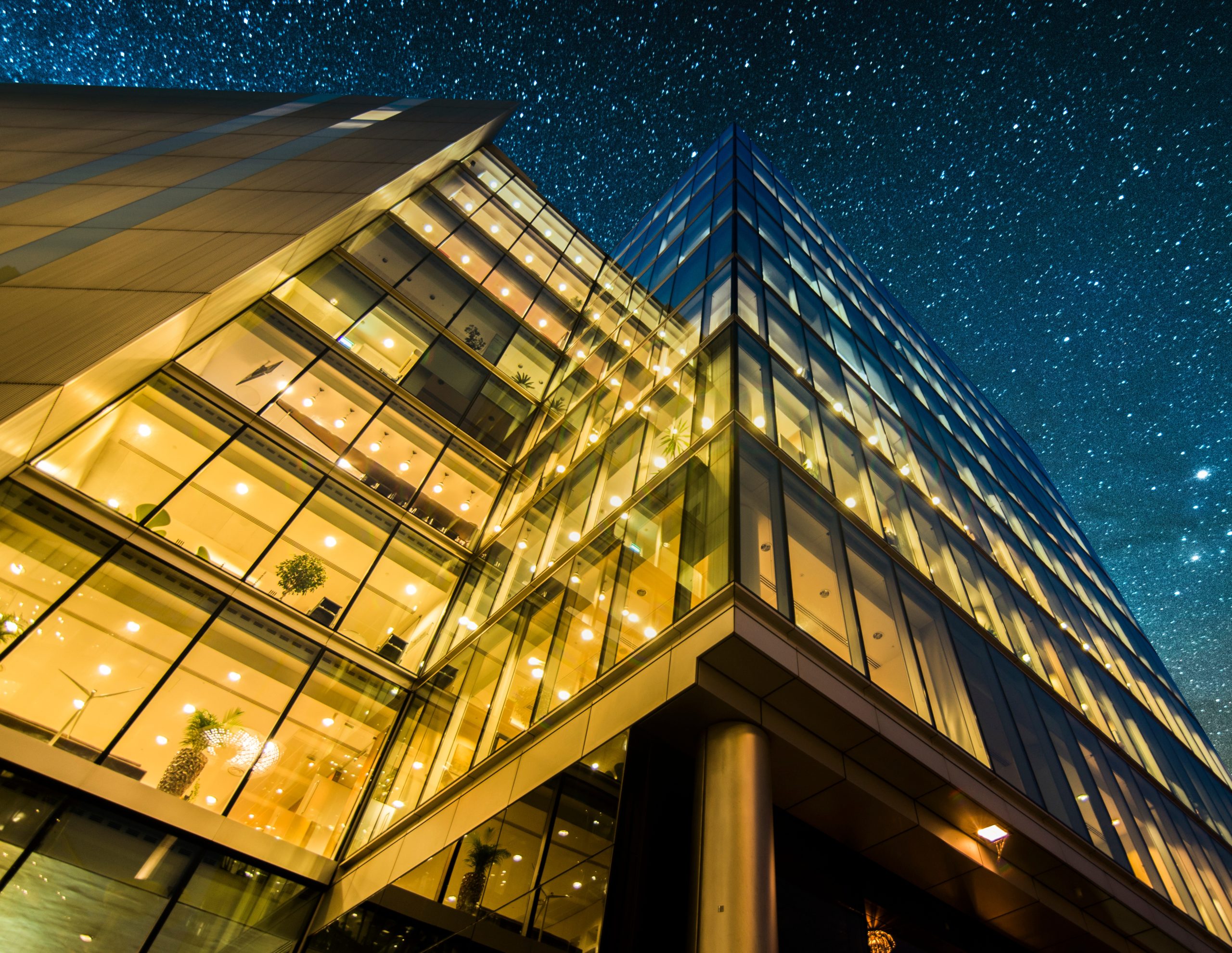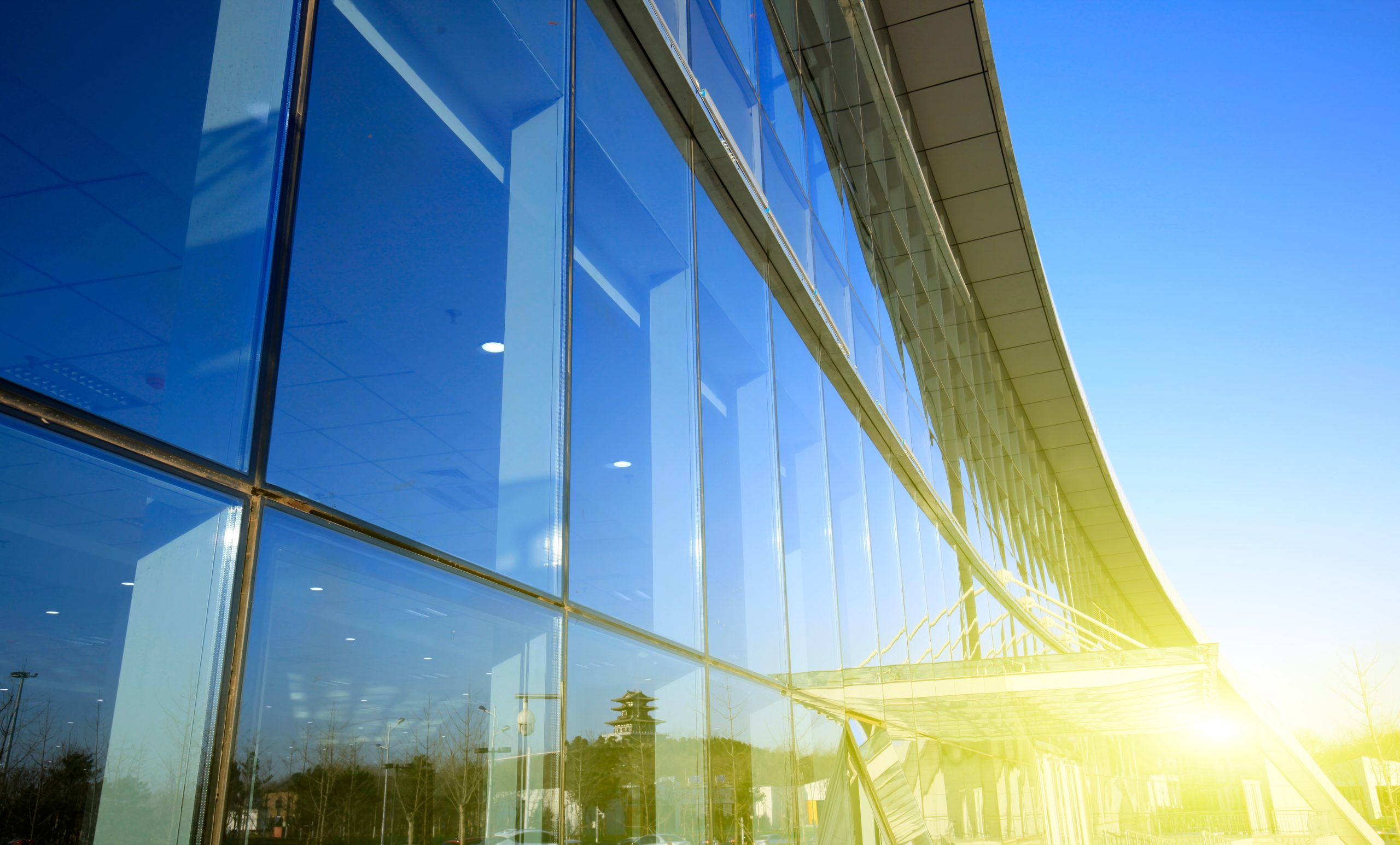4 Innovative Ways to Boost Your Energy Conservation


If your business is serious about energy efficiency, you’ve probably already taken the initiative to implement non-digital energy-saving technologies—like double-pane windows, LED bulbs and updated insulation. But why stop there?
Boosting your energy conservation and “greening” your brand can lead to significant benefits to both your reputation and your bottom line. From increased productivity to higher employee satisfaction and significant improvements on your ROI, there are countless reasons to go green. And by utilizing emerging innovative technologies, you can take your company’s energy goals to the next level.
These four technologies will help you exceed your energy-conservation goals.
 1. Solid State Lighting
1. Solid State Lighting
According to the U.S. Department of Energy (DOE), if all Energy Star standard goals are met and technologies adopted by 2020, there would be a nationwide potential energy savings total of 29 percent. In lighting alone, the energy savings could be as high as 80 percent — the highest projected outcome of all technologies. And the clearest pathway for meeting these goals is solid state lighting (SSL), such as LED and newer OLED (Organic Light Emitting Diodes) technology.
While SSL is a more mature technology, it holds tremendous promise for integration with the Internet of Things and 3-D printing. The Lighting Research Center is investigating the value of SSL beyond illumination and plans to “[focus] their efforts in the areas of lighting systems and components research, data analytics, field demonstration and market transformation activities, education, and industry collaboration.” Their research could lead to greater customization through connected lighting systems — providing valuable data for both companies and users.
2. HVAC, Water Heating and Appliance Technologies
As an executive, you aren’t likely to notice your facility’s HVAC system, water heater or industrial appliances unless something breaks. But with developments in heating and cooling technologies potentially providing a 50 percent reduction in energy consumption, staying on top of trends could be well worth your time.
For example:
- The same type of smart thermostat technology being used in residences is also being used in commercial HVAC systems to automatically regulate temperatures and self-diagnose malfunctioning equipment.
- Electric heat pump water heaters are making significant strides in water heating efficiency.
- Projects testing high-efficiency, low-emission appliances could offer considerable advantages to companies hoping to green their image.
 3. Windows and Building Envelope
3. Windows and Building Envelope
With so many outdated commercial buildings — more than half of which were constructed before the 1970s — advanced window and building envelope sector technology can be used to make modern improvements. Building envelope technology includes cool roofing that integrates with PV systems, creating a climate-responsive building.
Products like aerogel composite foam are the next generation of insulation. It is not only thinner and more eco-friendly, but also boasts a better performance rate than conventional foam.
And while highly insulated windows are a top goal for the DOE, dynamic windows and shade technologies provide a great short-term solution for storing and utilizing passive heat in colder climates, as well as reducing solar heat in hotter climates and reducing cooling loads.
4. Sensors and Controls
New sensors and controls technologies make building functions fully automated while operating at a low cost — a feature that will especially appeal to facilities managers. With easy data collection, monitoring and increased energy efficiency, building energy loads can easily be integrated with the rest of the grid.
The Green Proving Ground program (GPG) discovered that, by using these controls, energy savings on lighting alone increased 27 percent during a 12-hour, five-day work week. Adapting to sensors and controls technology is an important first step to optimizing operations of SSL, windows and building envelope, and water heating and HVAC.
Continuing to upgrade your energy-efficient technology should be part of every workplace leader’s and executive’s agenda. Companies are jumping on board to take advantage of the savings and boost in company profile, while at the same time meeting important energy conservation goals. With more innovative technologies just around the corner, you could be on the cutting edge of a greener, more energy-efficient future.
Implementing new technologies doesn’t have to be a headache. Find out how to efficiently adopt new workplace technology with our free guide, The Workplace Leader’s Playbook for New Technology.
